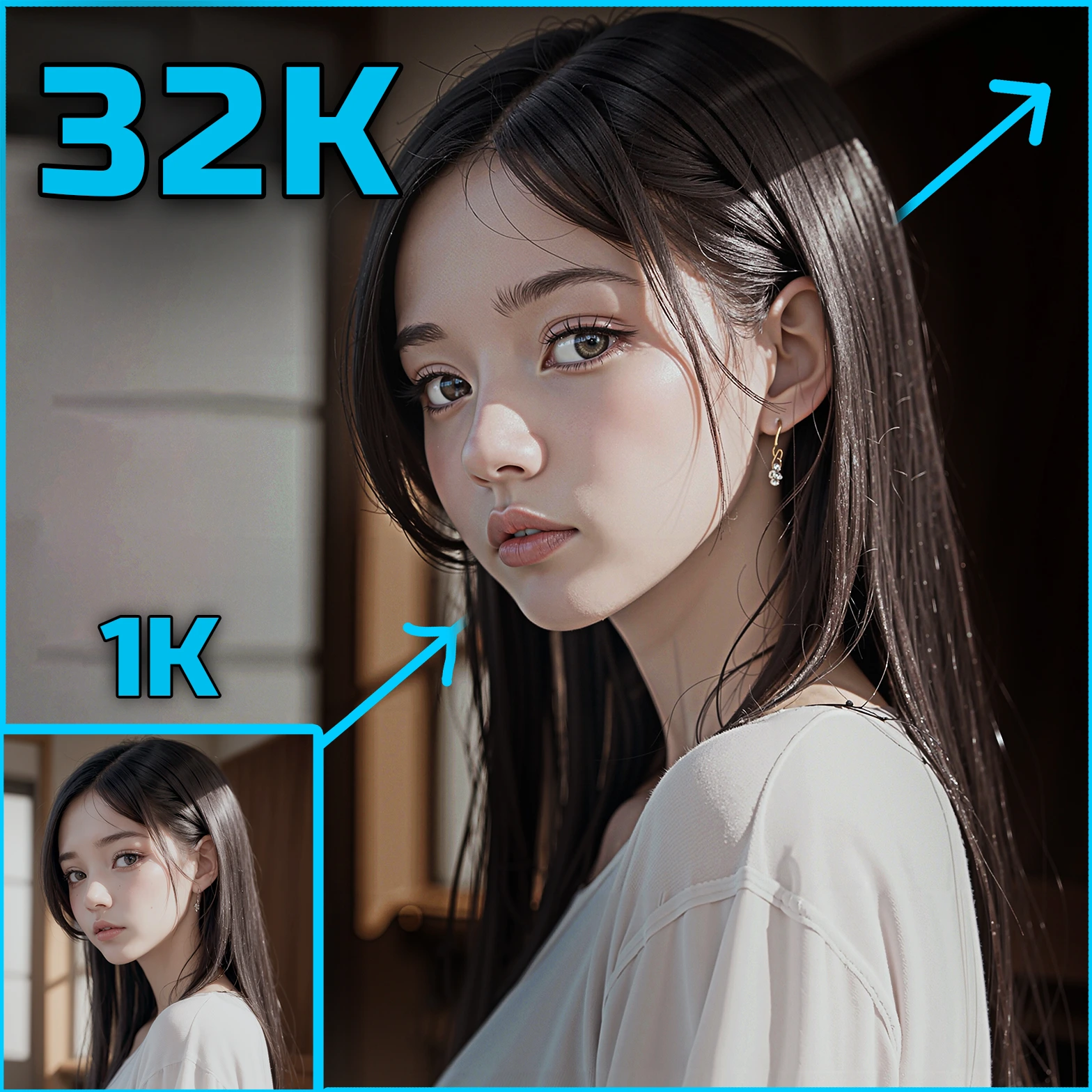ComfyUI Node: LayerStyle: GradientOverlay
LayerStyle: GradientOverlay
Category😺dzNodes/LayerStyle
chflame163 (Account age: 729days) Extension
ComfyUI Layer Style Latest Updated
2025-03-26 Github Stars
2.13K
How to Install ComfyUI Layer Style
Install this extension via the ComfyUI Manager by searching for ComfyUI Layer Style- 1. Click the Manager button in the main menu
- 2. Select Custom Nodes Manager button
- 3. Enter ComfyUI Layer Style in the search bar
Visit ComfyUI Online for ready-to-use ComfyUI environment
- Free trial available
- 16GB VRAM to 80GB VRAM GPU machines
- 400+ preloaded models/nodes
- Freedom to upload custom models/nodes
- 200+ ready-to-run workflows
- 100% private workspace with up to 200GB storage
- Dedicated Support
LayerStyle: GradientOverlay Description
Apply gradient overlay effect to enhance image layer with smooth color blending, customizable for dynamic graphics.
LayerStyle: GradientOverlay:
The LayerStyle: GradientOverlay node is designed to apply a gradient overlay effect to an image layer, enhancing its visual appeal by blending colors smoothly across the layer. This node is particularly useful for creating dynamic and visually engaging graphics, as it allows you to overlay a gradient that can transition between multiple colors. The gradient overlay can be customized in terms of direction, color stops, and opacity, providing you with a versatile tool to achieve various artistic effects. By using this node, you can add depth, dimension, and a professional touch to your images, making them stand out with a polished look.
LayerStyle: GradientOverlay Input Parameters:
background_image
The background image parameter represents the base image onto which the gradient overlay will be applied. This image serves as the canvas for the gradient effect. The quality and resolution of the background image can significantly impact the final output, so it is advisable to use high-resolution images for the best results.
layer_image
The layer image parameter is the image layer that will receive the gradient overlay. This image is processed and blended with the gradient to create the final composite image. The layer image should be carefully chosen to complement the gradient colors and enhance the overall visual effect.
mask
The mask parameter is used to define the areas of the layer image where the gradient overlay will be applied. It is a grayscale image where white areas represent full application of the gradient, and black areas represent no application. If the mask size does not match the layer image size, a default white mask is used, which applies the gradient to the entire layer.
gradient
The gradient parameter defines the colors and their transitions that will be used in the overlay. This can include multiple color stops and directions, allowing for complex and visually appealing gradient effects. The choice of gradient can dramatically change the mood and style of the image.
blend_mode
The blend mode parameter determines how the gradient overlay will blend with the layer image. Different blend modes can create various effects, such as darkening, lightening, or adding contrast. Experimenting with different blend modes can help achieve the desired artistic effect.
opacity
The opacity parameter controls the transparency level of the gradient overlay. A lower opacity makes the gradient more transparent, allowing more of the layer image to show through, while a higher opacity makes the gradient more opaque. This parameter helps in fine-tuning the intensity of the gradient effect.
start_alpha
The start alpha parameter sets the initial transparency level of the gradient. This can be used to create gradients that fade in from a certain transparency level, adding a smooth transition effect.
end_alpha
The end alpha parameter sets the final transparency level of the gradient. This can be used to create gradients that fade out to a certain transparency level, enhancing the smoothness of the transition.
LayerStyle: GradientOverlay Output Parameters:
output_image
The output image parameter is the final composite image that results from applying the gradient overlay to the layer image. This image combines the background image, layer image, and gradient effect, producing a visually enhanced and polished result. The output image can be used in various creative projects, such as digital art, graphic design, and photo editing.
LayerStyle: GradientOverlay Usage Tips:
- Experiment with different gradient colors and directions to find the combination that best enhances your image.
- Use masks to selectively apply the gradient overlay to specific areas of the layer image for more controlled and artistic effects.
- Adjust the opacity and blend mode settings to fine-tune the intensity and style of the gradient overlay.
- Combine multiple gradient overlays with different settings to create complex and layered visual effects.
LayerStyle: GradientOverlay Common Errors and Solutions:
Warning: GradientOverlay mask mismatch, dropped!
- Explanation: This error occurs when the size of the mask does not match the size of the layer image.
- Solution: Ensure that the mask image is the same size as the layer image. If necessary, resize the mask to match the layer image dimensions.
Error: Invalid gradient parameters
- Explanation: This error occurs when the gradient parameters are not correctly defined or are missing.
- Solution: Check the gradient settings to ensure that all required parameters are specified and correctly formatted. Adjust the gradient stops and directions as needed.
Error: Unsupported blend mode
- Explanation: This error occurs when an invalid or unsupported blend mode is selected.
- Solution: Verify that the blend mode is one of the supported options. Refer to the documentation for a list of valid blend modes and select an appropriate one.
LayerStyle: GradientOverlay Related Nodes
RunComfy is the premier ComfyUI platform, offering ComfyUI online environment and services, along with ComfyUI workflows featuring stunning visuals. RunComfy also provides AI Models, enabling artists to harness the latest AI tools to create incredible art.


